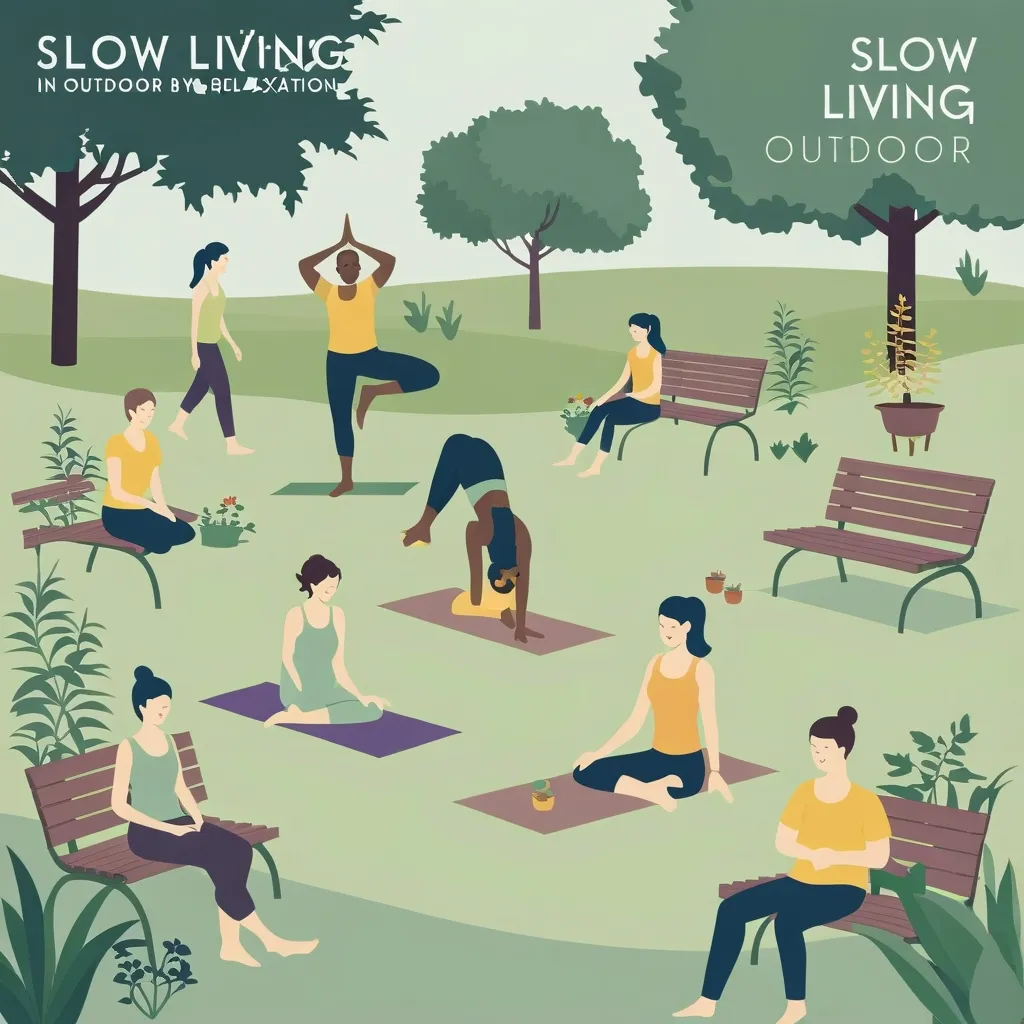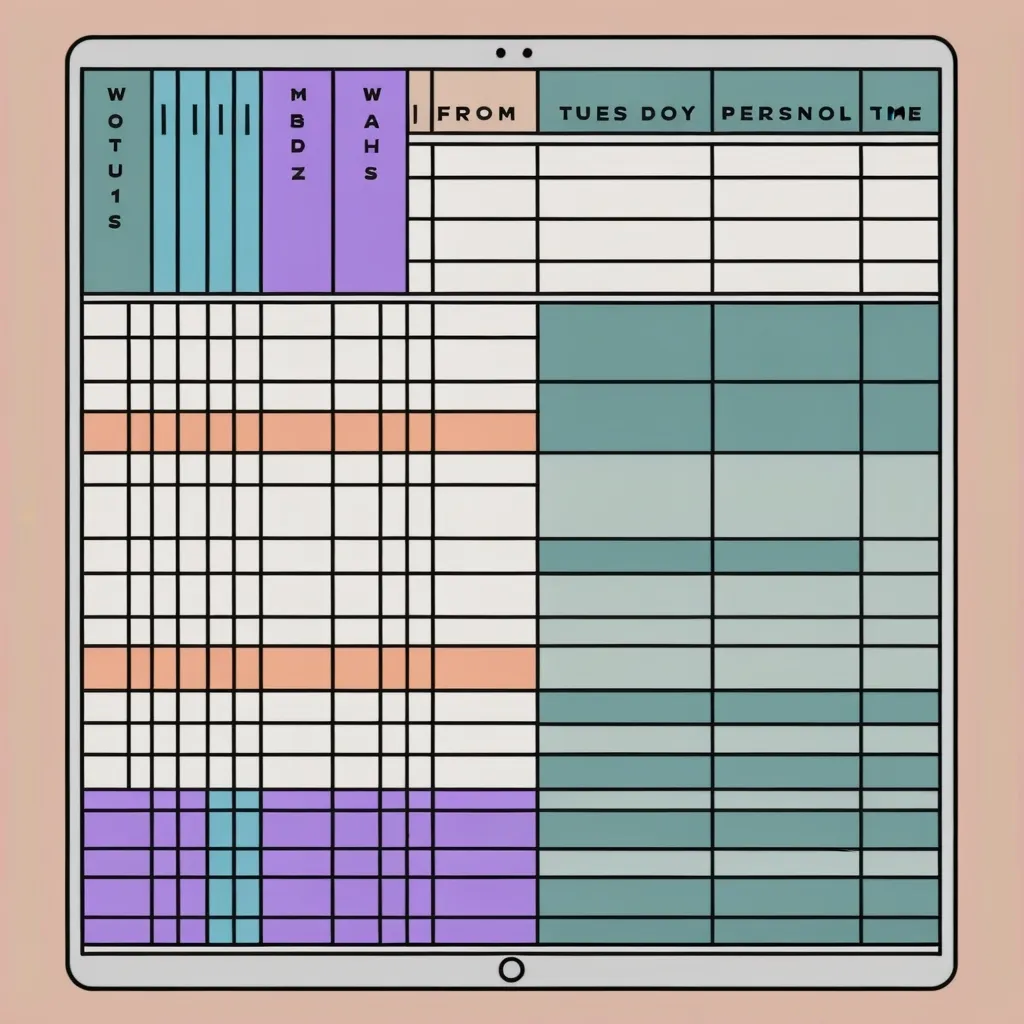In the whirlwind of our fast-paced, modern life, slow living has come to shine as a ray of hope for those of us grappling with burnout and the rush of everyday tasks. Don’t get it twisted – it’s not about doing nothing or dragging your feet through the day. It’s all about being intentional and mindful, taking the time to recharge and savor the simple pleasures life has to offer.
Burnout has become a glaring, red-flag reality for many. With the relentless hustle culture and our boundless ambitions, there’s a real clamor for change. Millennials and Gen Z are particularly feeling the heat. The pandemic, in many ways, served a hefty dose of reality, nudging us to slow down and reassess what’s truly important. Working from home made us realize just how unnecessary those constant distractions and tiresome commutes were. Many of us discovered that we didn’t want to return to that draining pace of life.
Setting boundaries is one of the crucial steps toward embracing slow living. This means drawing a clear line between work and personal time. No work calls, emails, or texts after hours. If you’re working, then work. If you’re chilling with friends or family, then be all in and relax. Planning ahead and prioritizing tasks can help you keep this balance and avoid the burnout trap.
Mindfulness is another magic ingredient in the slow living potion. It’s all about being in the now, fully present without judgment. Practices like yoga and meditation work wonders in bringing calm and peace, helping us focus on the present rather than being swamped by past or future worries. Even simple activities, like going for a walk or buying a bunch of flowers, can lift your spirits and remind you of the beauty in life’s small moments.
In a world that applauds multitasking, slow living gives you the green light to reclaim your time by focusing on one thing at a time. This makes you appreciate each moment and cuts down on stress and anxiety. Try taking the time to enjoy your lunch away from your desk instead of gobbling it down while working. These small shifts can make a massive difference in your overall well-being.
Self-care is essential, not an indulgence. Embracing slow living means making time for activities that recharge you. Journaling, reading, or just basking in the outdoors can help you refuel and maintain balance in your life. Engaging in sustainable practices like gardening or cooking with seasonal veggies not only boosts your mental health but also reduces stress.
Slow living is also about cultivating meaningful connections. By slowing down, you open up to deeper, more genuine relationships. Instead of rushing through conversations, take time to genuinely connect with the people around you. Simple moments, like cozying up with a book on a rainy day or watching the sunset together, can create lasting bonds.
For those with a typical 9-to-5, slow living doesn’t mean quitting your job for perpetual downtime. It’s about working with intention and focus, honing in on fewer tasks at a time. This approach can actually boost productivity and the quality of your work. Employers who encourage unplugging and letting employees focus on their strengths notice higher morale and increased productivity.
Flexibility in work arrangements can be a game-changer. Some people are morning birds; others, night owls. Recognizing these differences and allowing for flexible schedules can greatly enhance work-life balance. If the office hustle is a distraction, working from home might be the way to go. Conversely, if home feels too isolating, finding solace in the office might be key.
Identifying and steering clear of stressors is vital for slow living. This could mean unplugging from social media, lightening your workload, or finding ways to manage financial anxieties. Recognize what triggers that stress and take steps toward a more serene life. If those work-related app notifications drive you nuts, consider switching them off during personal time.
Appreciating small moments is at the heart of slow living. It’s not about elaborate gestures or luxurious getaways; it’s about finding happiness in everyday activities. A brisk walk during your lunch break or a calm, unrushed tea break can do wonders for your mood. These tiny acts can remind you that the best things in life often come without a price tag.
Generational perspectives are also shifting towards slow living. Millennials, who once believed that relentless hard work was the golden ticket to success, are now facing financial instability and debt. This has prompted a reevaluation of what success truly means. Many are now recognizing that having a roof over their heads and managing to pay their bills is enough – there’s no need to chase status and possessions constantly.
Sure, the slow living movement has faced criticisms for being a luxury of the privileged. Many of its advocates come from backgrounds where they can afford downtime or pursue less demanding lifestyles. But the core essence of slow living – mindfulness, self-care, and appreciating small moments – can be embraced regardless of financial status. It’s about shifting your mindset and finding ways to slow down, even if just temporarily.
For those juggling a myriad of responsibilities, here are some practical tips to help you steer into slow living:
- Draw realistic boundaries: No working through lunch breaks or checking work emails post-hours.
- Prioritize self-care: Engage in activities that make you happy, whether that’s reading, writing, or nature walks.
- Stick to one task: Avoid multitasking and give each task at hand your full attention.
- Connect with nature: Spend some time outdoors, be it gardening or a simple stroll in the park.
- Foster genuine relationships: Make the time for meaningful conversations.
- Explore flexible work setups: If possible, work from home or tweak your schedule to fit your energy peaks better.
Incorporating these practices can help you strike a harmonious balance between work and personal life, cutting down on burnout risk and adding joy to your everyday routines.
In wrapping up, slow living isn’t a luxury exclusive to the privileged; it’s a mindset accessible to anyone yearning for balance and less stress. By centering on mindfulness, self-care, and savoring small moments, you can enact profound changes in your life without turning everything upside down. It’s not about what you do; it’s all about how you do it – with intention and mindfulness.





